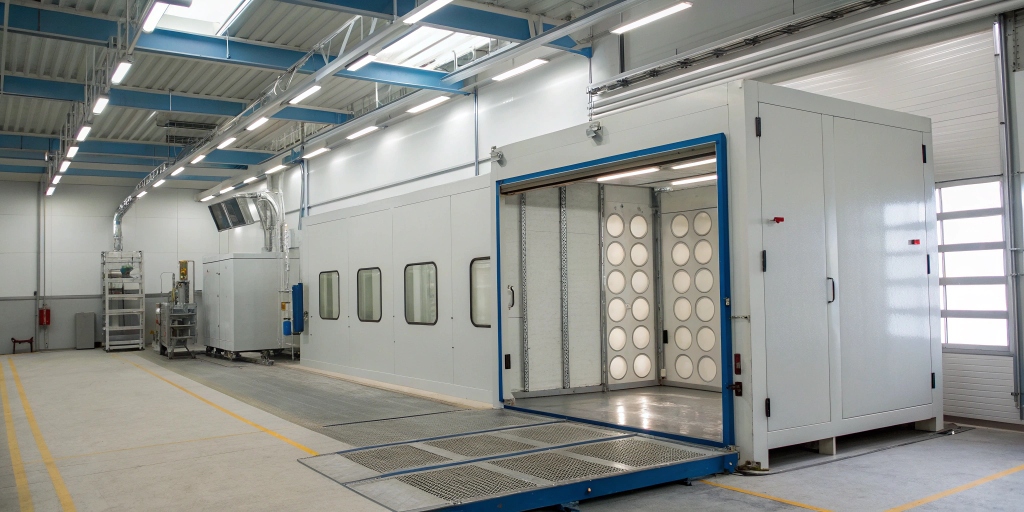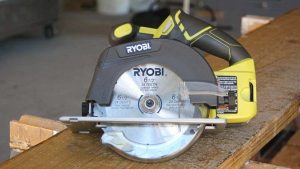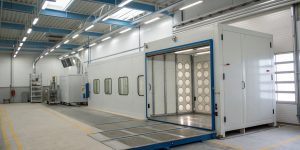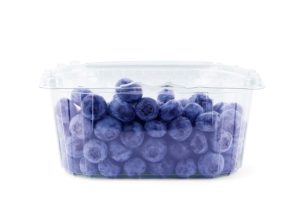Can an Industrial Paint Booth Handle Both Large and Small Components
Modern manufacturing demands versatility. A facility might need to coat a truck chassis in the morning and precision brackets by afternoon—all within the same workspace. The ability of an industrial paint booth to handle both large and small components depends on its engineering, airflow design, and adaptability to diverse materials and production volumes.
How Variable Booth Dimensions Support Mixed Component Sizes
Industrial paint booths are engineered with flexible dimensions that support projects of different scales. The layout can be customized to allow for walk-in sections or extended-length configurations for oversized machinery, while still maintaining efficient airflow for smaller parts. This adaptability helps manufacturers avoid the inefficiency of switching between multiple booths for varied workpieces.
A powder coating booth equipped with modular panels can expand or retract as needed, allowing teams to modify interior space based on the day’s production requirements. This feature prevents bottlenecks, letting operators handle everything from compact metal frames to long fabrication assemblies without compromising coating precision.
Airflow Distribution Engineered for Both Compact and Oversized Parts
Balanced airflow is the backbone of consistent finishes. Industrial paint booth designs use downdraft or crossdraft ventilation systems to distribute air evenly across the spray area, regardless of component size. This ensures that fine mist or powder particles coat every surface uniformly, eliminating uneven textures or overspray accumulation.
Smaller items benefit from controlled suction zones that prevent excess material buildup, while larger parts rely on high-capacity fans that move heavier air volumes efficiently. A properly tuned powder coating booth uses directional airflow to maintain clean air circulation, keeping both operators and products free from contamination during coating cycles.
Adjustable Racking Systems That Accommodate Uneven Workloads
Racking systems inside an industrial paint booth often determine how efficiently the space is used. Adjustable racks allow operators to arrange multiple small parts or suspend large items without interrupting airflow. Modular hanging configurations also reduce setup time between batches, which is valuable in mixed-size production runs.
For powder coating equipment, racks are typically grounded to prevent electrostatic discharge during application. This design ensures that both tiny brackets and large frames receive an even charge, improving adhesion and coating consistency. The flexibility of these systems transforms one booth into a multipurpose station capable of handling diverse workloads efficiently.
Temperature Control Balanced for Diverse Material Types
Maintaining accurate temperature levels is vital for proper curing, particularly when switching between metal, composite, or plastic components. Industrial paint booths use digital temperature control systems that respond instantly to different material requirements. This allows operators to manage heat levels precisely, whether baking a large steel panel or a lightweight aluminum fitting.
Temperature uniformity also prevents defects such as blistering or peeling. Advanced powder coating equipment includes sensors that monitor ambient and surface temperatures, adjusting heat output in real time. This consistency ensures both large and small parts achieve durable finishes with identical color and gloss retention.
Efficient Coating Coverage Achieved Through Smart Air Management
Air management within a powder coating booth determines how efficiently coatings adhere. Engineers design smart airflow systems that reduce turbulence and maintain optimal spray velocity. By managing airflow angles, the booth ensures even powder distribution regardless of part orientation or size.
For large components, steady air exchange prevents accumulation of overspray, while smaller items benefit from low-velocity circulation that keeps fine coatings intact. This balance of airflow density enhances material use efficiency, reduces waste, and guarantees smooth, defect-free coatings across all surfaces.
Space Utilization Maximized for High-volume and Custom Jobs
An industrial paint booth built for versatility must make intelligent use of space. Configurable floor layouts and overhead tracks enable continuous movement of parts through the booth, maximizing throughput during high-volume operations. Retractable partitions or side-loading bays allow simultaneous coating of different part sizes.
This adaptability gives manufacturers the freedom to switch between mass production and custom jobs without delay. A powder coating booth with integrated handling systems reduces downtime, streamlining transitions between large industrial frames and smaller decorative components. Effective spatial planning is what allows a single booth to meet diverse production goals.
Consistent Finish Quality Maintained Across All Component Scales
Finish uniformity is one of the main challenges in multi-size coating operations. Industrial paint booths overcome this by combining precision airflow, stable temperature control, and automated powder dispensing. These systems maintain coating thickness within tight tolerances, ensuring consistency across batches.
In powder coating equipment, electrostatic delivery systems adjust to the shape and size of the component, ensuring even coverage in corners and edges. Large machinery and compact fittings receive the same surface integrity, resulting in finishes that meet strict durability and appearance standards expected in commercial applications.
Cross-contamination Prevented with Dedicated Zoning and Filtration
Handling different materials in one industrial paint booth introduces the risk of contamination between coating types. To prevent this, advanced filtration systems isolate air zones and capture particulates before they reach other sections of the booth. HEPA-grade filters and multi-stage collectors keep workspaces clean and coatings uncontaminated.
Dedicated zoning also allows simultaneous coating of parts with varied finishes or colors. A powder coating booth with separate intake and exhaust filtration systems minimizes crossover between powders, protecting product quality and ensuring compliance with environmental safety standards. This attention to filtration design enables both small and large-scale components to be processed safely and efficiently within the same booth.










